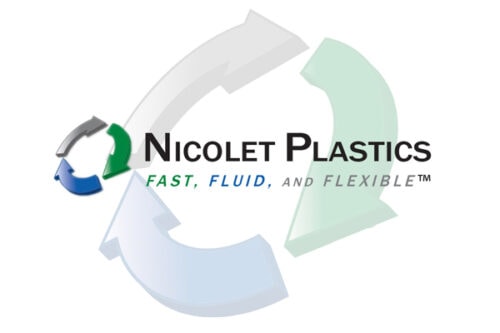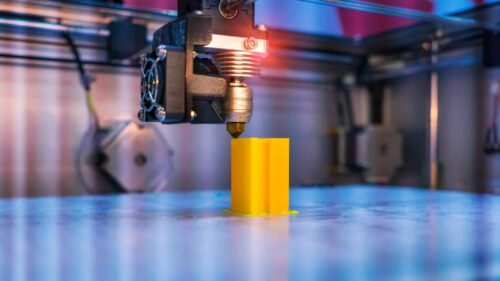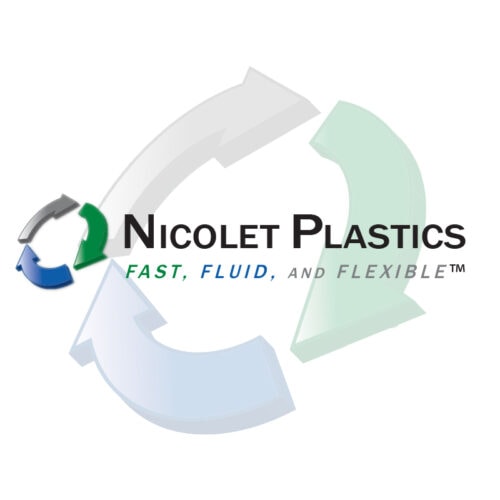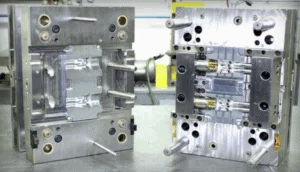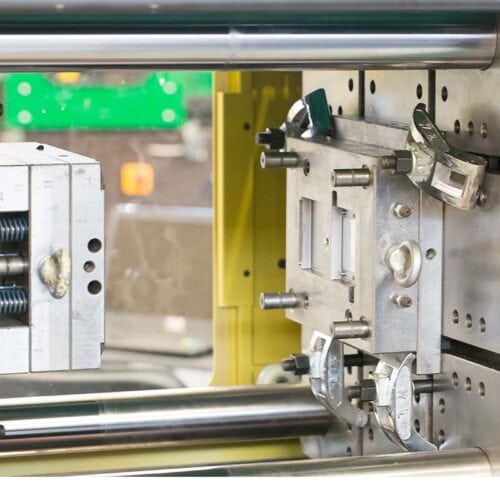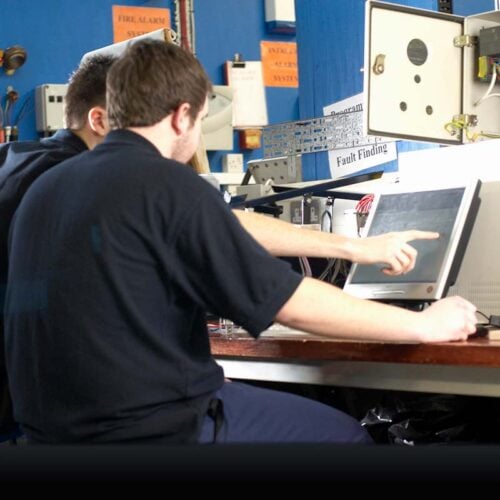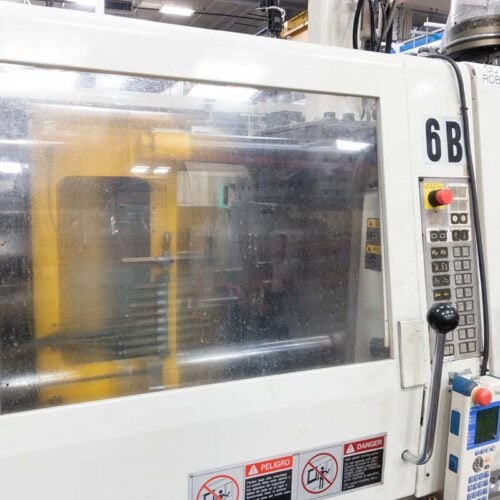Surface finish options for plastic injection molded parts can vary a great deal depending on the part and its chemical make-up. Determining the best surface finish for a part requires communication between your design engineer and injection molder to achieve the desired appearance and performance of the finished part. The surface finish can be a critical factor in either the appearance or performance of your product. Will the finish play a role in creating a more attractive part – or will it simply act as a functional component of the design?
The answer to this question will give the necessary direction in determining the injection molding process to be used as well as any steps in the finishing process that will be required for your part.
Consider these key fundamentals when selecting a surface finish for your injection molded part.
Visual Appeal vs. Functionality
Part designers may choose texture for several aesthetic reasons. Texture can give a part the appearance of depth and a finished look that will grab the attention of customers. In some cases, it may even improve a part’s perceived value.
Textured finishes are valuable because they can be used to hide imperfections such as flow lines, knit lines, blush marks, sinks, and shadow marks. Another great factor is that texture can also provide a surface that may withstand contact damage in shipping and fingerprint smudges from handling.
Beyond the simple aesthetic considerations of texture, it also has a number of functional benefits that include:
- Using texture to make undercuts. If you have a part that will not consistently come across to the moving half of the mold, texture on some hidden surfaces could give the pull you need.
- Improved paint adhesion. Paint holds more firmly to a textured part during additional molding operations.
- Improved grip. Textured parts are easier to hold. This improves usability and can increase safety in certain applications.
- Better sticker adhesion. Like paint, stickers applied to plastic parts are more likely to stay affixed if the surface has a slight texture.
- Trapped gasses escape more quickly. When texturing is applied, trapped gasses have the opportunity to escape quickly because venting to parting lines can happen within the cavity.
- Plastic flow creases can be eliminated. These creases can be eliminated through the addition of textured thickness that also adds strength, non-slip qualities and even adds an increased safety measure.
Working with an experienced injection molder will provide you with the information needed to make the best decision on the right surface finish for your process parameters. Considering the surface finish will impact the type of material used, tooling and other process decisions, it is very important to determine the surface finish as early as possible during the design stage.
Surface Finish Options
There are many more surface finish options available working with a steel mold compared to working with an aluminum mold. Steel can be polished to create a smoother surface finish for your parts. The many options for plastic part surface finishes include:
- Bead blast
- Etching
- Matte finish
- Leather grains
- Geometric
- Graphics
- Many more
Material Selection
Surface finish should be considered early in the design process because the type of material used can have a significant impact on the type of finish implemented to create the best part for your product. Specifically, gloss and rough finishes can be affected by the material selected, additives, and other parameters such as fill rate, pressure and temperature. In addition, working with an injection molder that utilizes mold flow simulation software will allow you to explore how a material choice will affect surface finish and possible defects prior to the production process.
In the case where a gloss finish is used, material type is especially important. Higher melt temperatures are required for products made from crystalline resins which increase gloss and reduce roughness – creating the smooth surface desired.
A strong knowledge of material science is required when considering additive compounds be mixed into the part material. Depending on the surface finish desired, some additives should be avoided (or substitutes considered). For example, adding certain particulate fillers may increase surface roughness. However, design engineers will have a strong understanding of what can be mixed and matched to create the right combination that produces a surface quality that enhances your part.
Injection Speed and Temperature
Injection speed and temperature affect surface finish for a few reasons. When you combine fast injection speeds with higher melt or mold temperatures, the outcome will be enhanced gloss or smoothness of the part’s surface. In actuality, a fast injection speed improves overall gloss and smoothness. Additionally, quick filling of a mold cavity can produce less visible weld lines and a strong aesthetic quality for your part.
Deciding a part’s surface finish is an integral consideration in the overall product development and should be thought out during the design process to achieve the desired results. Have you considered the end use of your injection molded part?
Let Nicolet Plastics help you decide on a surface finish that improves the aesthetics and functionality of your part.

